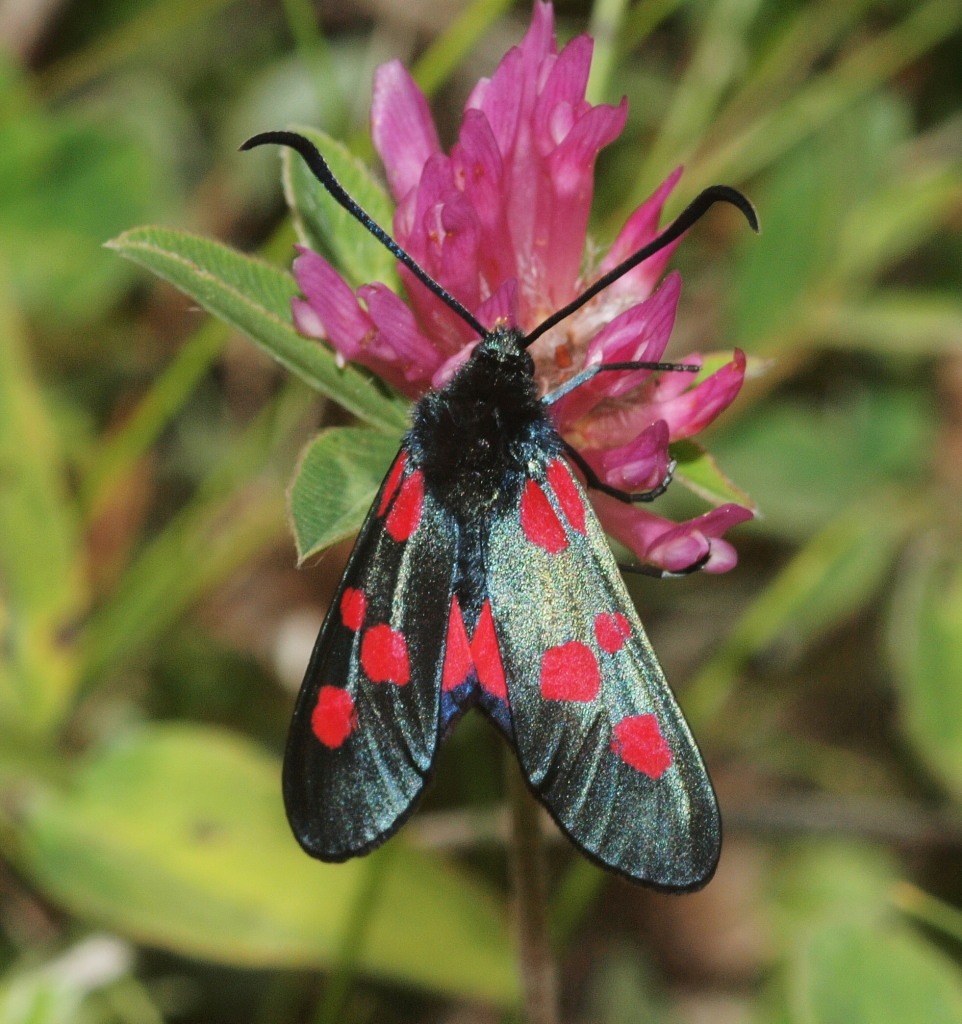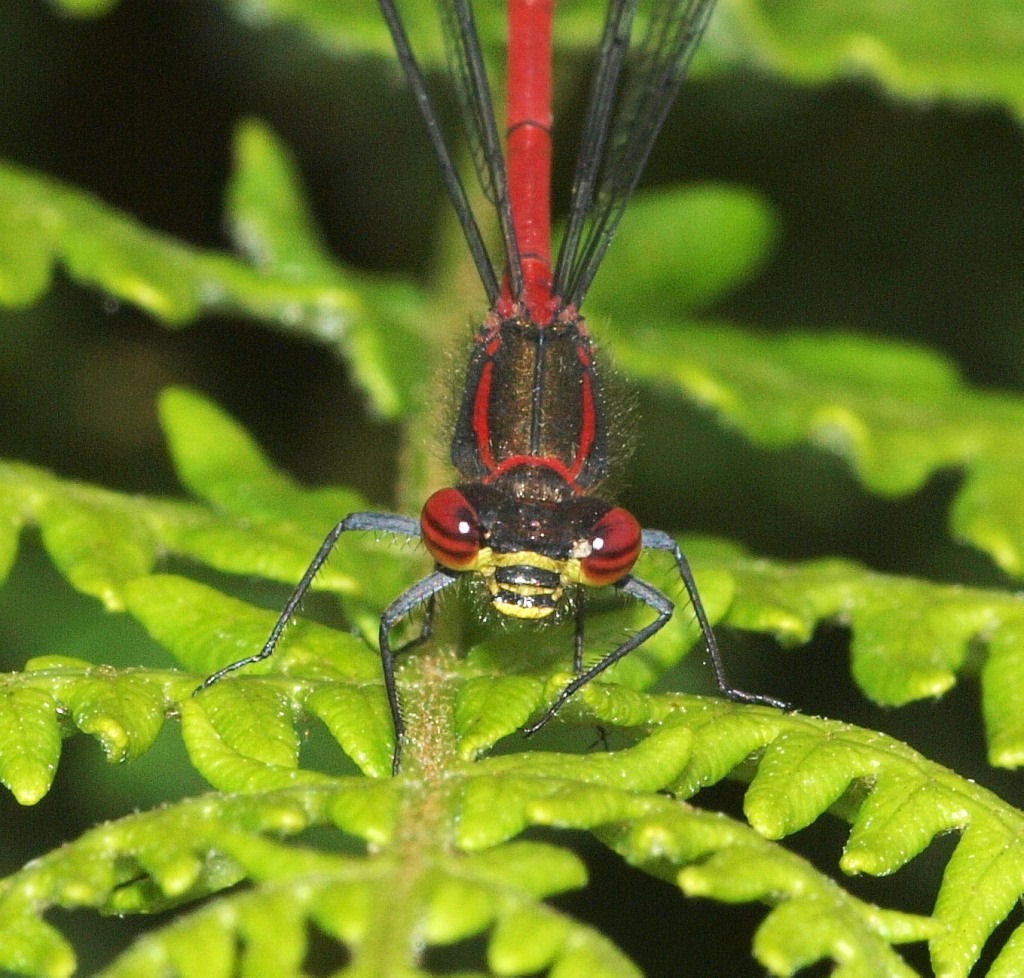Dr Phil Smith’s Wildlife Notes
June 2011
An oft quoted statistic is that, since the 1940s, England has lost about 97% of its flower-rich hay meadows. Although agricultural intensification is the main agent of change, the meadows where I gained some of my earliest natural history experiences now lie beneath a motorway junction. An opportunity on 14th June to visit a rare survivor of this wonderful habitat saw Patricia Lockwood and me heading for Banks, West Lancashire, where a series of fields reclaimed in the late 19th century and extending to about 5ha (12.5 acres) now forms part of the Ribble Estuary National Nature Reserve. I remember first visiting this area in 1973 and being impressed by a colony of about 850 marsh-orchids. Since 1989, Natural England staff have managed the meadows with an annual late-summer hay cut followed by sheep-grazing until January. The results have been spectacular – we estimated around 250,000 orchid flower-spikes, many up to 60cm (2 feet) tall. Most were Southern Marsh-orchids but we also found Common Spotted-orchids and Northern Marsh-orchids, together with lots of the big hybrid between the first two. Altogether, we recorded an impressive total of 73 different plants in the meadow. In my report, I emphasised that this is an outstanding example of the habitat and deserves to be much better known both locally and nationally.
Orchids are also a feature of the dune coast in June and, despite continuing drought conditions, there were plenty of shocking-pink Pyramidal Orchids, especially at Ravenmeols and Ainsdale, while Bee Orchids, although less numerous, were not hard to find. A group of 21 at Seaforth Nature Reserve had unusual deep rose-pink sepals. Marsh-orchids were especially abundant in the extensive slack habitat of Birkdale Green Beach, where several perplexing hybrids caused me much head-scratching. Unfortunately, technology has not yet come up with a portable DNA sampling kit.
Other notable plant records during the month included the rediscovery of the rare grass, Dense Silky-bent (Apera interrupta) on Crosby dunes, which I hadn’t seen since 2005, and Spring Sedge (Carex caryophyllea) found by Mary Dean at Freshfield Dune Heath Nature Reserve. The latter may be the first reliable Sefton Coast record since 1957. Mary also kindly helped with our survey of the nationally declining Dyer’s Greenweed (Genista tinctoria) at its only Merseyside haunt near the coast road on Birkdale Sandhills. Listed by the Lancashire Wildlife Trust as “endangered”, the two patches of this yellow-flowered shrub seem to be doing well, having grown substantially since they were last measured in 2007.
Our rarest coastal butterfly is the dramatic Dark Green Fritillary, so on 20th I was thrilled to count as many as 40 at Ravenmeols between Albert Road and Devil’s Hole, a distance of only 400m. Being such fast flyers, they were almost impossible to photograph. A few days later, however, a dozen or so nectaring on brambles at Ainsdale NNR were much easier to approach. Also features of the Sefton duneland in high summer are the red-and-black burnet moths, identified by the number of red spots in the forewing. I saw the first Narrow-bordered Five-spot Burnets on 15th, followed ten days later by lots of the commoner Six-spot Burnet.

The dry and windy spring and early summer seems to have adversely affected our dragonflies. However, Mike Bird got in touch to report his discovery of Large Red Damselflies in roadside ditches on Downholland Moss. This species is scarce near the coast, so Trevor Davenport joined me on 24th to check it out. Sure enough, we saw a male and a mating pair, together with three other species of damselfly. As this is the last summer of the regional Dragonfly Atlas Survey, we need to fill as many gaps as possible in the distribution of these fascinating insects

